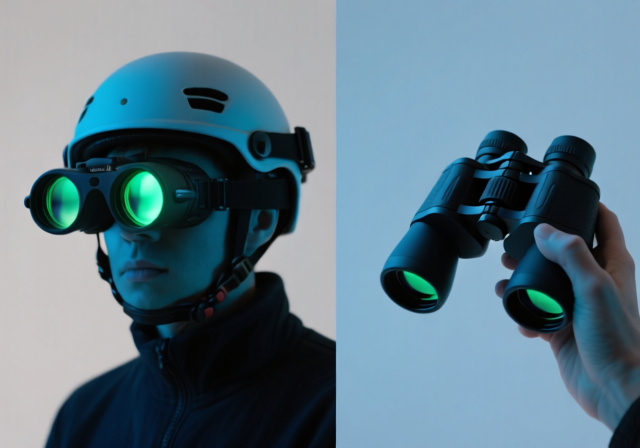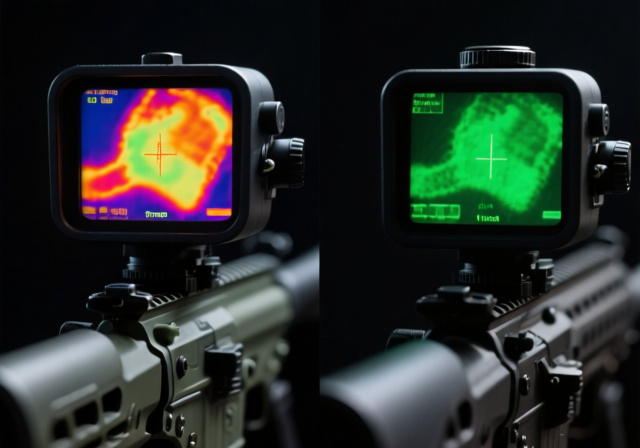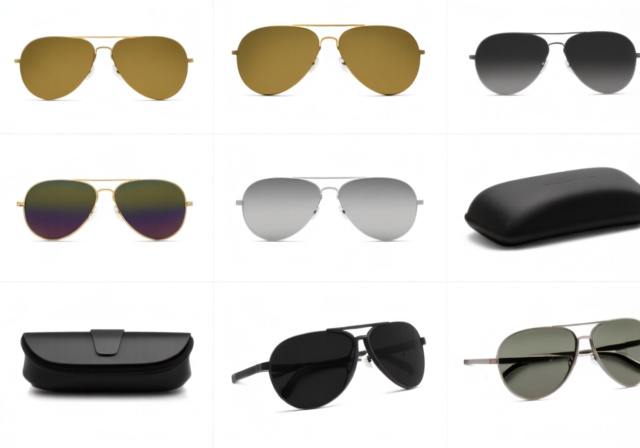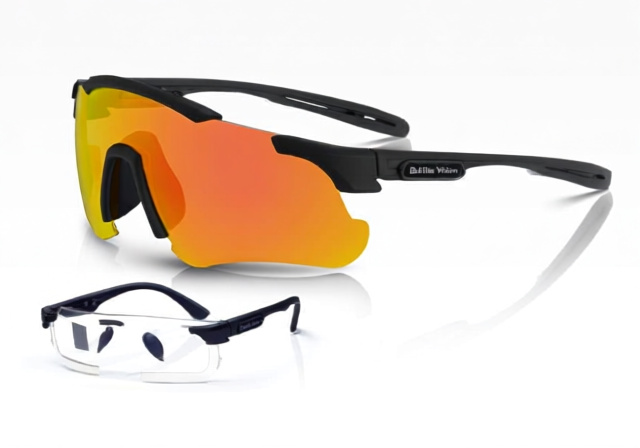



After spending countless nights in the field testing both technologies across various hunting scenarios and weather conditions, I’ve seen hunters make the expensive mistake of choosing the wrong optical system. The decision between night vision and thermal imaging isn’t just about performance—it’s about matching technology to your specific needs, environment, and budget.
Night vision vs thermal scopes: thermal excels at detecting heat signatures in total darkness and adverse weather, spotting game up to 2000 yards, while night vision provides superior target identification with clear details at 150-600 yards when some ambient light is available. Choose thermal for finding game in complete darkness or fog; select night vision when you need to identify targets accurately.
In this comprehensive guide, I’ll break down exactly how each technology works, their real-world performance capabilities, and help you make an informed decision based on actual field experience rather than marketing claims.
Thermal imaging detects heat signatures and works in complete darkness, fog, and smoke. It’s ideal for spotting living creatures but struggles with identification. Night vision amplifies existing light and provides detailed images but requires some ambient light and struggles in adverse weather.
| Factor | Thermal Imaging | Night Vision |
|---|---|---|
| Best For | Detection in total darkness | Target identification |
| Detection Range | 500-2000+ yards | 200-800 yards |
| Weather Performance | Excellent in fog/rain | Poor in bad weather |
| Daytime Use | Limited without calibration | Digital models only |
| Entry Cost | $1,500-$3,000 | $800-$2,000 |
The fundamental difference between these technologies lies in what they detect. Night vision works with light, while thermal works with heat. Understanding this distinction is crucial for choosing the right system for your needs.
Night vision devices amplify available light through image intensifier tubes. They collect tiny particles of light (photons) from moonlight, starlight, or artificial IR illuminators, then convert them into electrons.
These electrons are multiplied thousands of times through a phot cathode and microchannel plate, creating more electrons. When these electrons hit a phosphor screen, they create the familiar green image we associate with night vision.
The technology comes in generations:
I’ve tested Gen 3 night vision systems that revealed antler details on bucks at 300 yards—something thermal simply cannot do. The image clarity is remarkable when conditions are right.
Thermal scopes detect infrared radiation (heat) that all objects emit. They use microbolometer sensors—tiny vanadium oxide or amorphous silicon elements that change electrical properties when heated by infrared radiation.
These sensors create a thermogram by measuring temperature differences across thousands of points. The processor translates this data into a visible image, with warmer objects appearing as lighter shades.
Key thermal specifications to understand:
During a hog hunt last winter, my thermal scope detected a sounder of hogs at 800 yards through dense fog. We never would have spotted them with night vision in those conditions.
After extensive field testing, I’ve identified clear performance advantages for each technology depending on conditions and requirements.
Thermal imaging dominates in detection scenarios. It can spot warm-blooded animals against cool backgrounds in complete darkness. I’ve consistently detected coyotes at 1200+ yards with thermal scopes that cost under $3000.
Night vision detection depends entirely on ambient light and target contrast. On a clear full moon night, decent night vision can detect deer at 400-600 yards. But on cloudy, moonless nights? You’re lucky to see 200 yards even with Gen 3 equipment.
Thermal’s detection advantage is most dramatic in adverse conditions. Rain, fog, smoke, and dust that obscure night vision have minimal effect on thermal imaging. This makes thermal the clear choice for:
This is where night vision shines. The detailed images allow positive identification of species, sex, and even trophy quality. I’ve counted points on buck antlers at 250 yards with night vision—thermal only showed a heat blob.
Thermal identification relies on heat patterns and size estimation. Experienced users can often identify species by thermal signature, but it requires practice. A warm rock can look like a bedded animal, and a small deer might resemble a large coyote.
For ethical hunting where positive identification is crucial, night vision has the advantage. You can see antlers, beards on turkeys, and distinguish between similar-sized species with confidence.
Weather conditions dramatically affect these technologies differently:
| Condition | Thermal Performance | Night Vision Performance |
|---|---|---|
| Clear Moonlit Night | Good | Excellent |
| Cloudy, No Moon | Excellent | Poor to Fair (with IR) |
| Fog/Mist | Good to Excellent | Poor to Useless |
| Heavy Rain | Fair | Poor |
| Snow | Good (contrasts well) | Fair (reflects light) |
| Extreme Heat | Fair (background heat) | Good |
During a predator hunt in Texas, thermal detected coyotes through light fog that made night vision completely ineffective. The coyotes’ heat signatures stood out clearly against the cool, damp ground.
Night vision provides natural-looking images in shades of green (or white in some models). You can see facial features, fur patterns, and environmental details. The image resolution is limited by the intensifier tube quality, but Gen 3 systems produce remarkably clear pictures.
Thermal images look like a weather map or photo negative. They show heat differences, not visual details. Higher-end thermal scopes with 640×480 resolution provide better images, but you’re still looking at heat signatures, not visual details.
One advantage of thermal is that it can detect animals hidden by partial cover. A deer behind light brush or tall grass that’s invisible to night vision will show up as a heat source with thermal.
After years of using both technologies in various scenarios, I’ve developed clear recommendations based on specific applications.
For predator hunting, thermal has the edge. Coyotes are most active in the darkest conditions when night vision struggles. Thermal’s detection advantage means you’ll spot more predators.
However, if you’re hunting in areas with livestock or domestic animals, night vision helps avoid mistakes. Being able to positively identify your target is crucial when hunting near farms or residential areas.
My setup for predator hunting: A thermal scanner to locate coyotes, then switch to night vision for the shot if they’re within 300 yards. This gives me the best of both worlds.
Thermal is almost always the better choice for hog hunting. Hogs are primarily nocturnal and often inhabit dense, dark areas where thermal detection excels. Plus, hogs don’t require the same level of identification as big game—any hog is usually a legal target.
Thermal also helps track wounded hogs. The blood trail and disturbed ground show temperature differences that make recovery much easier.
During a night hog hunt in Louisiana, our group of three hunters with thermal optics took 18 hogs in one night. Another group using only night vision managed just 3, and they missed several opportunities due to poor visibility.
For big game where trophy quality and legal requirements matter, night vision is often superior. The ability to count points, assess antler spread, and confirm sex is invaluable.
However, if you’re hunting in extreme weather or dense cover, thermal might be better for locating bedded animals. Some hunters use both—thermal for finding, night vision for judging.
Legal considerations are crucial here. Many states prohibit using thermal for big game hunting but allow night vision. Always check your local regulations before choosing your equipment.
Tactical operations often require both technologies. Thermal excels at detecting threats through smoke, fog, and darkness. Night vision provides the identification needed for positive target acquisition.
Many tactical teams use thermal imagers for area scanning and night vision for target engagement. Some modern systems even combine both technologies in one device.
Choosing between night vision and thermal requires careful consideration of multiple factors. Based on helping dozens of hunters make this decision, here’s my framework.
Cost is often the deciding factor. Here’s what realistic budgets can get you:
Under $1000: Digital night vision is your only option. Basic performance, 200-yard range max.
$1000-$3000: Entry-level thermal or good digital night vision. Thermal offers better detection but limited identification.
$3000-$7000: Mid-range thermal or Gen 2+ night vision. This is where performance becomes serious.
$7000+: High-end thermal or Gen 3 night vision. Professional-grade performance.
Remember to budget for accessories: mounts, batteries, IR illuminators, and protective cases. These can add $500-1000 to your total cost.
For budget-conscious hunters, I often recommend starting with quality night vision options and upgrading to thermal later. The learning curve is gentler, and the lower cost makes it less risky if night hunting doesn’t suit you.
State regulations vary dramatically and can change annually. As of 2025, the general landscape is:
Always check with your state wildlife agency before purchasing. I’ve seen hunters make expensive mistakes by not verifying regulations first.
Be honest about your actual needs:
Consider your hunting style too. If you’re calling predators and need quick target acquisition, thermal’s instant detection is valuable. If you’re glassing clearings for big game, night vision’s detailed image serves you better.
Don’t overlook the human element:
I recommend trying before buying if possible. Many retailers offer demo days or rent equipment. A few hours of hands-on experience will tell you more than reading dozens of articles.
Neither is universally better—thermal excels at detection in total darkness and adverse weather, while night vision provides superior target identification. Choose thermal for finding game in complete darkness or fog; select night vision when you need to identify targets accurately and have some ambient light available.
Thermal scopes struggle with target identification, showing heat signatures rather than detailed images. They’re expensive, have shorter battery life (4-6 hours), and can be confused by warm objects like rocks. High-end models cost $7000+, and thermal imaging doesn’t work well through glass.
Thermal is generally better for coyote hunting because coyotes are most active in the darkest conditions when night vision struggles. Thermal’s superior detection range (500-2000 yards) helps you spot predators before they detect you. However, night vision is better for positive identification if hunting near livestock or residential areas.
Snipers use several techniques: thermal blankets that trap body heat, hiding near heat sources like warm rocks or vehicles, timing movements during temperature changes (dawn/dusk), using glass or water as thermal barriers, and maintaining distance beyond thermal detection ranges. Some use cooled suits or wait for cold weather when body heat dissipates faster.
Night vision hunting is restricted in many states due to fair chase concerns and hunter safety. Regulations vary by state—some allow it for predators and varmints but prohibit it for big game. The reasoning includes preventing overharvest of nocturnal game, maintaining hunting ethics, and reducing accident risks during low-light conditions.
Yes, thermal scopes work during the day but require recalibration for daytime use. Daytime thermal imaging can be challenging because all objects absorb solar heat, reducing contrast. However, thermal can still detect animals through smoke, dust, or light vegetation where traditional optics fail. Most thermal scopes have day/night modes to optimize performance.
After testing both technologies extensively across multiple hunting seasons, my recommendation depends on your primary use:
Choose Thermal If: You primarily hunt predators or hogs, frequently hunt in foggy or overcast conditions, need maximum detection range, or hunt in areas with complete darkness. Thermal’s ability to spot game through adverse weather and in total darkness makes it invaluable for specific applications.
Choose Night Vision If: You hunt big game where identification matters, hunt areas with some ambient light, need longer battery life, have budget constraints, or value natural image quality. Night vision’s ability to provide clear, detailed images makes it superior for ethical trophy hunting.
The ultimate solution? Many serious hunters eventually own both. Use a thermal scanner or monocular for locating game, then switch to night vision for identification and engagement. This hybrid approach gives you the strengths of both technologies.
Remember, the best technology is the one that matches your specific needs, environment, and legal requirements. Test before you buy when possible, and always prioritize safety and legal compliance. Both technologies continue to improve and prices are gradually decreasing, making them more accessible to average hunters every year.







